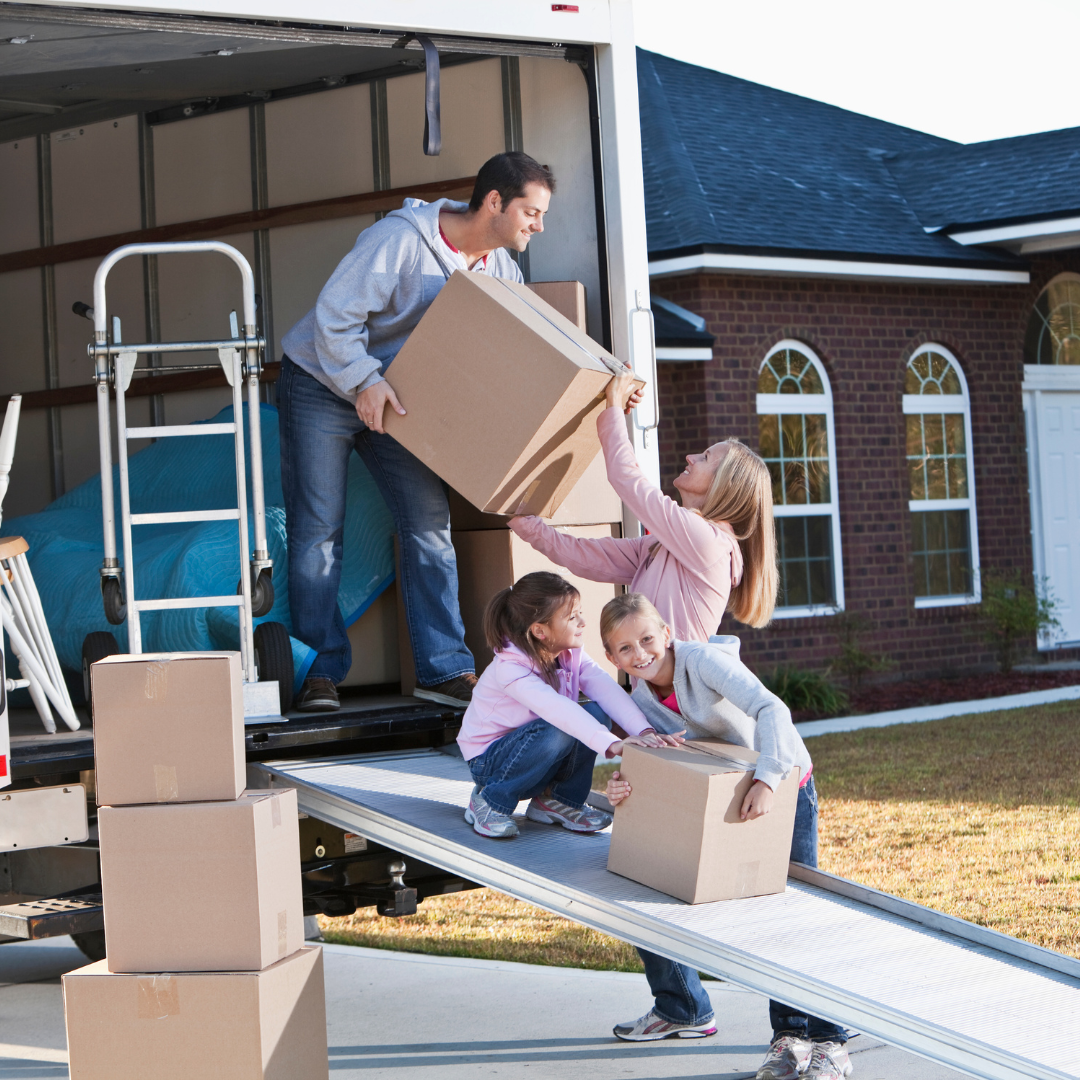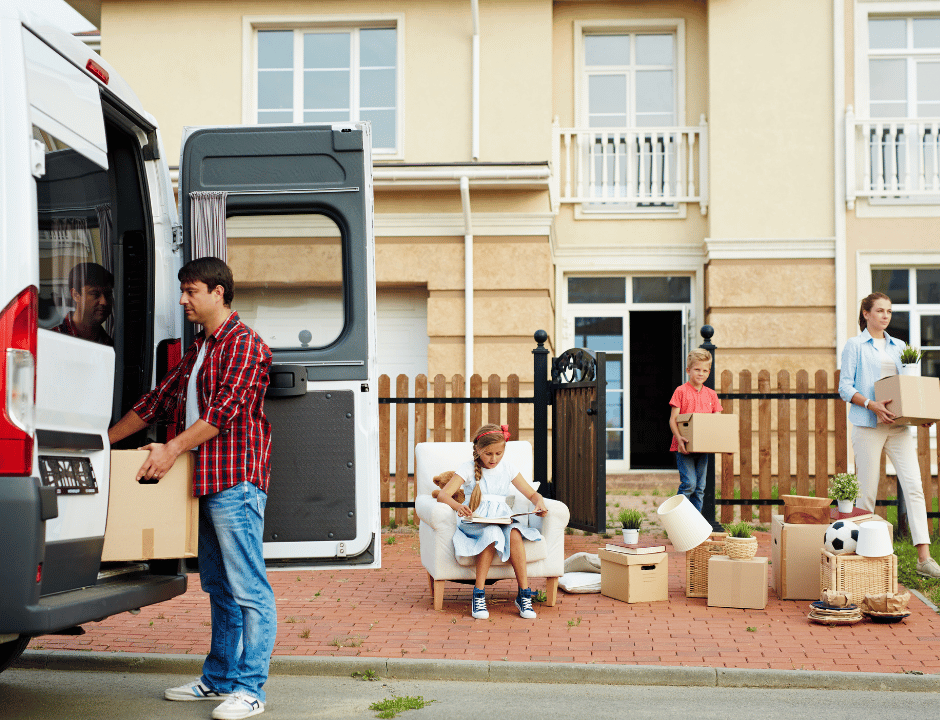
How Do I Move My Office to a New Location?
May 20, 2023
How to Cut the Cost of a Moving Truck For a Three Bedroom House
May 20, 2023Pianos can be hazardous to transport. Their weight makes them cumbersome and unsafe to maneuver; their movement could result in costly damage to furniture, vehicles and people, with any sudden movement from within a truck or trailer resulting in injury or even death for those nearby.
To avoid such disaster, professional piano movers should be hired. If you insist on moving it yourself, the following materials will be necessary: a plywood ramp and dolly.
Truck Size
Moving a piano requires more than just a pickup truck: You will also require a ramp, furniture dolly able to support its weight and vehicle with similar loading height as both origin and destination locations of your piano.
Your group of helpers must also be physically capable of lifting and moving a piano without experiencing any injuries; typically four people are needed to load one into a van or truck.
Before embarking on your piano moving adventure, ensure you clear a path from your home to its exit and remove anything that could obstruct its path. Also measure all doorways, hallways, staircases and passages the piano will need to pass through in order to assess whether any modifications or disassembly is needed to fit through these spaces. In addition, make arrangements for post-move tuning so your instrument sounds perfect when unpacked from its journey!
Ramps
Upright pianos add a timeless sophistication to any home. While some are recent purchases or priceless family heirlooms passed down through generations, most owners want to ensure that their piano safely arrives at its new destination.
As part of your efforts to transport a piano, several tools and supplies will be essential for its safe transport. Some items are crucial in terms of protecting its components while others help make the process smoother; these might include furniture pads, ramps and ratchet tie-downs.
Once your piano dolly is in place, simply guide it down any stairs and through tight passageways with ease. Communicate with your team so as to prevent getting stuck or causing any damage to vehicles or piano. For moving up ramps use two strong movers at either end – one should hold onto its weight while being pushed up the ramp – for extra support as your piano moves uphill.
Loading Height
Pianos were never meant to be transported on wheels and will break under pressure, particularly while airborne. Furthermore, their inertia prevents them from leaving the ground – this often has tragic results for both you and the piano! To prevent such issues, place a liner in the truck bed prior to loading your piano onto it or use ramps positioned with their raised end facing toward the rear end. Use two helpers at either end to bear its weight at either end while having another helper guide it into its final resting place alongside its route along its route before loading it into its final destination – then use another third helper alongside its ramp to guide it into place!
Assuming you can safely transport a piano from one location to the other requires taking accurate measurements of both its dimensions and potential travel routes at both addresses – making sure to account for stairs, tight corners and any potential obstructions along the way.
Weight
Pianos can weigh as much as 1,500 pounds. Even smaller upright pianos require special equipment for moving safely; grand pianos may prove even more challenging. When moving a piano, preparation and having plenty of helpers is key for successful moving.
Disassembling the piano may make loading and protecting it simpler. This step varies depending on its type, but usually includes taking apart its lyre and pedals. Make sure everyone understands where and when your instrument will move by communicating with your team of helpers about its path of travel and loading side.
Once your piano is loaded onto a dolly, roll it into your truck bed and secure it using straps. If using a cart instead, be sure to construct a plywood ramp in advance to prevent tipping while in transit. When inside, it is also prudent to remove any unnecessary items from the back of the vehicle in order to minimize shifting during travel and prevent potential damages to your piano from shifting during travel.




